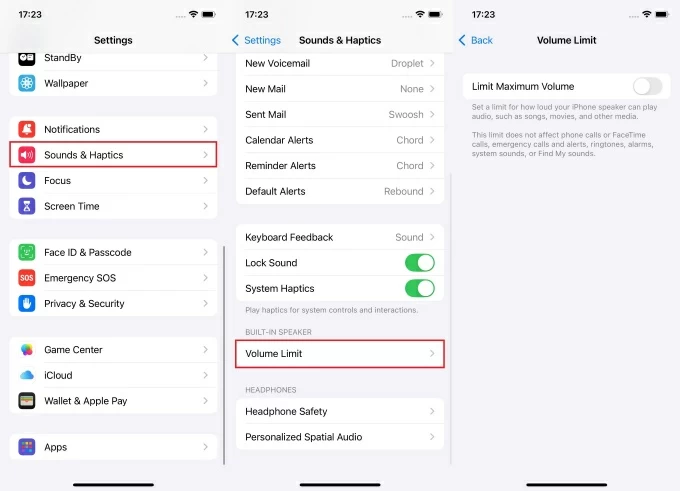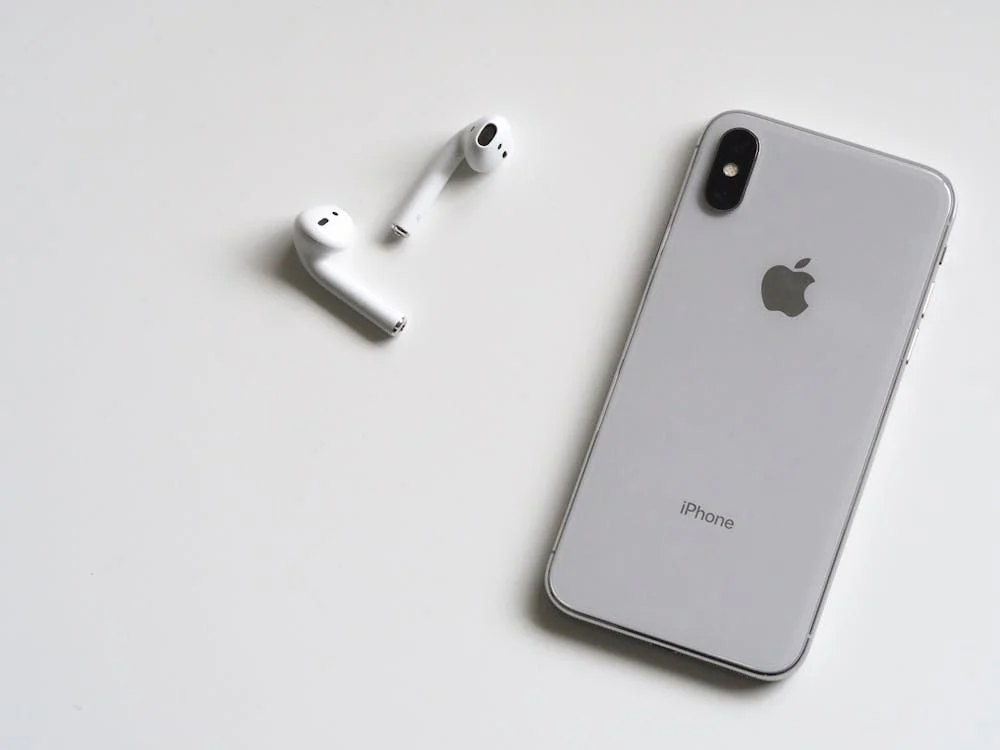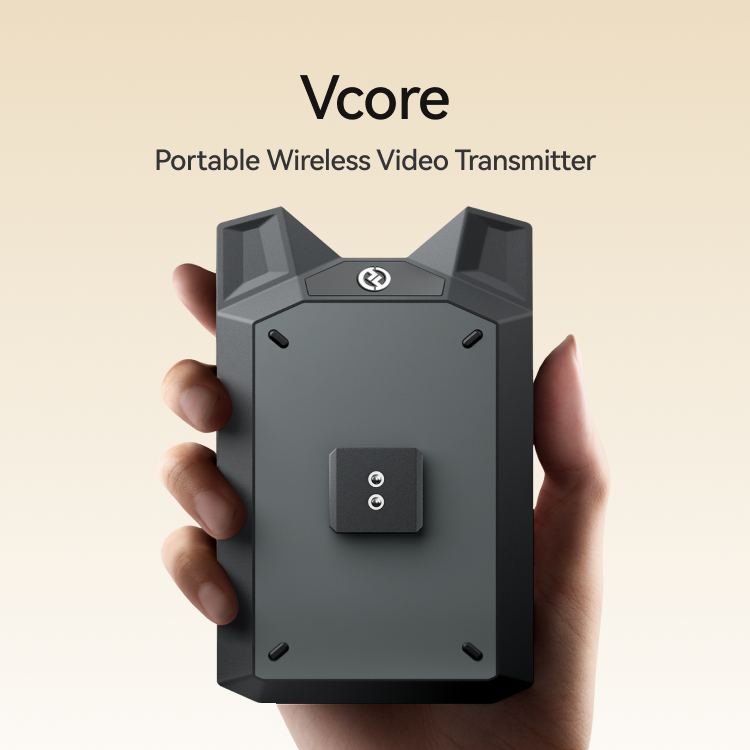The microphone in your iPhone is a sensitive and vital part of your device. A clogged microphone can cause problems with sound quality and communication. So whether you use your phone for video chats, voice memos, content creation, or everyday calls with an unclean mic, your phone may not capture high-quality audio. But guess what? With a couple of regular household tools and some care, you can keep your iPhone’s microphone free of debris.
In this article, you will learn several ways to clean your iPhone microphone using items like a soft toothbrush, cotton swabs, cleaning putty, and sometimes isopropyl alcohol. These include methods based on technical advice from different tech fanatics and users who have managed to maintain their gadgets successfully.
Reasons Why You Should Clean Your iPhone’s Microphone
Cleaning the iPhone’s microphone is the first step before learning how it matters to the functionality of your phone.
Clearer Audio Calls
When the mic is clean, you can have clearer audio. Unwanted particles blocking the microphone may make your voice distorted.
Better Voice Recording
Recording a voice note or simply audio in your vlog with a clean microphone is one way to eliminate unwanted background noise.
Preventing Long-Term Damage
The more you clean your iPhone’s delicate parts, like the internal mics, the more durable the device becomes. Dirt that accumulates can get between the parts, making it necessary to repair it professionally.
Gives More Life to Your iPhone
A working microphone is part of your phone’s good health, and the overall performance and life of your device depend on keeping every part perfect. Periodic maintenance is not just a matter of fixing defects as they turn up; rather, it is a preventive strategy that saves you both difficulties and damages that might arise in the future.
Things to Need to Clean the Built-in Microphone of Your iPhone
Before the cleaning process, you should find, gather, and prepare the necessary tools and materials. Most of the instruments are common household tools. Therefore, you may even have them at home.
So, here’s the list.
A Soft-Bristled Brush

A small brush of soft bristle like a newly purchased toothbrush. Or, a small flat tipped paint brush works for removing dust and small particles lodged in the microphone mesh.
Cotton Swabs

Cotton swabs can be useful for cleaning small areas, especially around the microphone openings. Plus, you can use them with alcohol to prevent direct exposure to your iPhone’s components.
Toothpick or SIM Card Ejector

The microphone can be savewithby the help of a toothpick made of plastic or wood that is free of charge. Likewise, some users on Reddit have shared their experience of removing debris out of their microphone openings through a SIM card ejector pin.
Cleaning Putty or Blu Tack

The adhesive putty, when pressed into the microphone area, can collect fine particles of dust when impressed upon it. Blu Tack can also be used for the same purpose.
Isopropyl Alcohol (90%)
Try a few drops of isopropyl alcohol. It can be effective in removing dirt around the mic opening, which is usually hard to reach. It is nonconductive and evaporates quickly.
Microfiber Cloth

The microfiber cloth is used to wipe the exterior of the iPhone and to clean up the remaining dust that is left.
5 Ways to Clean iPhone’s Microphone
Below are the step-by-step instructions to clean the built-in mics of your iPhone using different methods.
Method 1: Cleaning with a Soft-Bristled Brush
Soft-bristled brushes are among the most basic and reliable tools that you can use to clean your iPhone. The instructions below describe the best way to do it:
- Step 1: Prior to cleaning, it is always a good practice to initially switch off the iPhone. This reduces the risk of any damage and additionally ensures your safety
- Step 2: Next, find the location of your iPhone mic
Usually, it’s at the bottom. Again, some models have supplementary microphones for noise cancellation, which are positioned near the rear of the camera.
- Step 3: Now, get your toothbrush that is soft or your little paint brush and move gently around the microphone opening. You should rotate it in a clockwise motion near the mesh area, as doing so will remove dirt and debris

- Step 4: Once done, check the opening of the microphone. You can even use a flashlight to ensure if there’s any dirt remaining
NOTE: Make sure you use a brush that has dry bristles. If you still observe some debris there, repeat brushing in a very gentle manner until the area appears clear. Remember, the microphone mesh is weak and can be destroyed, so you shouldn’t put too much pressure.
Method 2: Using Cotton Swabs
You can easily clean around the microphone opening with the help of a cotton swab.
- Step 1: Take the cotton swab. Clean the edges by carefully wiping around them so that the stubborn dirt is removed

- Step 2: Do not push the swab deep into the microphone. Just clean the surface area
Method 3: Pull Out Dirt using a Toothpick or SIM Card Ejector Pin
You can clean your iPhone’s mic by putting the pointy end of the toothpick or SIM Card ejecting pin into the openings.
Assuming you have a toothpick at the moment, here’s what you should do.
NOTE: You can use the same steps for the SIM card ejector tool.
- Step 1: Before attempting to insert the toothpick, the tip should be at a very gentle angle in the microphone
- Step 2: Now, slightly twist the toothpick so the debris rolls on its tip

- Step 3: Do not push the toothpick in too far. If you feel it touching something delicate, stop! Keep in mind that any pressure can damage the internal parts, such as the mesh
Method 4: Using Cleaning Putty or Blu Tack
Cleaning putty or Blu Tack has been recommended by several users on Reddit. Most of them claim that these materials can clean the mic area effectively.
To apply this method.
- Step 1: Unbox the cleaning putty or blu tack
- Step 2: Press the material into the microphone opening. But be very gentle

- Step 3: Remove the putty after a few minutes. Then, check the amount of dirt it has taken out due to its sticky nature
Method 5: Use Isopropyl Alcohol with Microfiber Cloth
If the above methods fail to clean the mic properly, you can apply 90% (or greater in strength) isopropyl alcohol on a microfiber cloth.
NOTE: You can also use cotton swabs with the isopropyl alcohol. However, moisten the swab slightly. Make sure the alcohol does not drip. Too much liquid can seep into the device and cause damage.
- Step 1: Add a few drops of isopropyl alcohol on the microfiber cloth
- Step 2: With a soft hand, wipe the microphone with the cloth

- Step 3: Allow the alcohol to completely evaporate
- Step 4: Now, record audio to check the sound quality
Pro Tip: Cleaning your iPhone can help you achieve impressive audio quality. However, built-in mics have a limited range and features. To enhance your audio experience, it is best to use MFi-certified external microphones, like the Hollyland Lark M2.


Hollyland LARK M2 - Mini Lavalier Microphone
An incredibly lightweight and compact wireless button microphone that captures high-fidelity audio.
Key Features: 9g Button Size | 48 kHz/24-bit | 40 Hours Battery
Lark M2 is a popular wireless microphone. It works flawlessly with iPhones, Android smartphones, and all major devices. With its unique button-size design, wireless range of 1000ft, 10-hour battery life, and advanced noise cancellation technology, it lets you capture high-quality audio on your iPhone hassle-free.
Common Mistakes when Cleaning Your iPhone’s Mic [How to Avoid them]
Here are a few tips that can help you clean the iPhone microphone safely.
Do Not Use Metal Tools
Metal tools can scratch or even damage the delicate mesh covering your iPhone’s microphone. Always use non-metal tools like plastic toothpicks or wooden picks.
Do Not Hurry
Use small, controlled movements when using any tool. This minimizes the risk of pushing debris further into your microphone.
Avoid Overuse of Isopropyl Alcohol
Don’t flood your iPhone with isopropyl alcohol. Make sure to use a few drops on the microfiber cloth. Otherwise, your mobile may damaged by moisture.
Make a Habit of Cleaning
Keeping your iPhone clean on a routine basis is one of the best ways to prevent the accumulation of dirt and dust even without you having to deal with problems with it. Furthermore, using a good case can actually protect your iPhone from too much dust and dirt.
Conclusion
A clean iPhone microphone is a small but necessary maintenance step that can help your device operate at its best. Apply the easy methods discussed in this article like a soft-bristled brush or cotton swabs and plastic toothpicks to guarantee that your microphone will be free from debris. Regularly cleaning your iPhone is a great way to increase the sound quality of calls and recordings. Additionally, it also stops your mobile from the long-term harm of the internal parts.
If you’ve tried cleaning your iPhone microphone and still notice audio issues, it might be helpful to use an external solution. A wireless lavalier microphone ensures crystal-clear audio quality and is perfect for clearer calls, voice recordings, and hassle-free video content creation.
Frequently Asked Questions about How to Clean iPhone Microphone
Q1. How to clean sound holes on an iPhone?
To clean your iPhone’s speaker holes or microphone openings, use a soft-bristle brush. However, make sure it is not wet. You can also use thin cotton swabs to clear dirt from around the microphone area.
Q2. How do I deep clean my iPhone microphone?
Insert a plastic or wooden toothpick inside the microphone holes. Then, carefully pluck out the debris. Do not use any metallic instruments, as they can damage the internal hardware parts.
Q3. Is my iPhone microphone damaged?
To check whether your iPhone microphone is damaged, open Voice Memo or any other audio recording app and record your voice. Then, play back the audio clip. If the microphones are working fine, you should be able to hear your voice clearly.
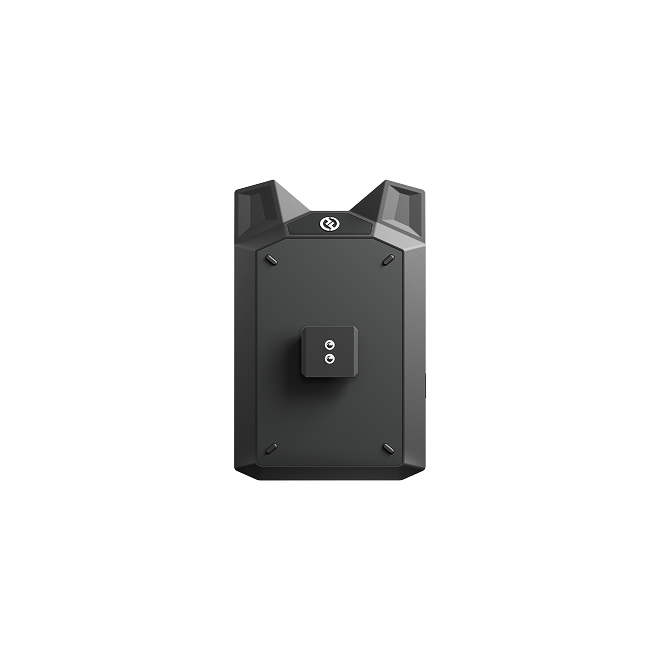

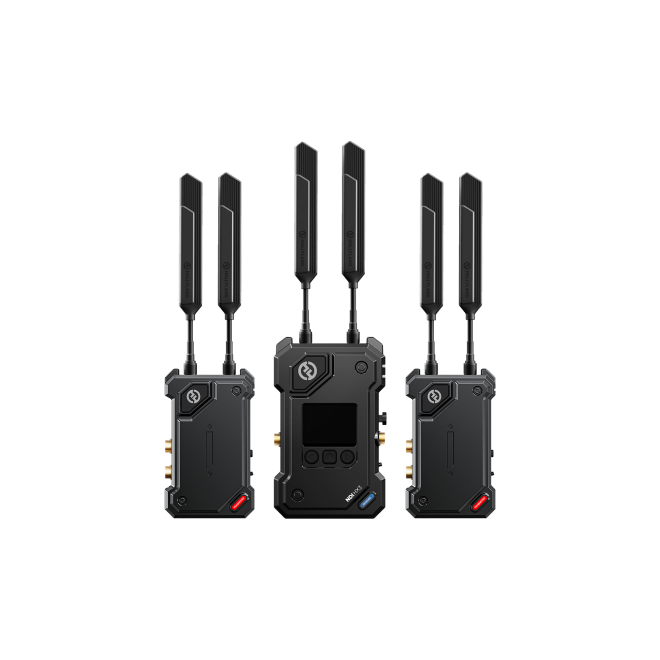
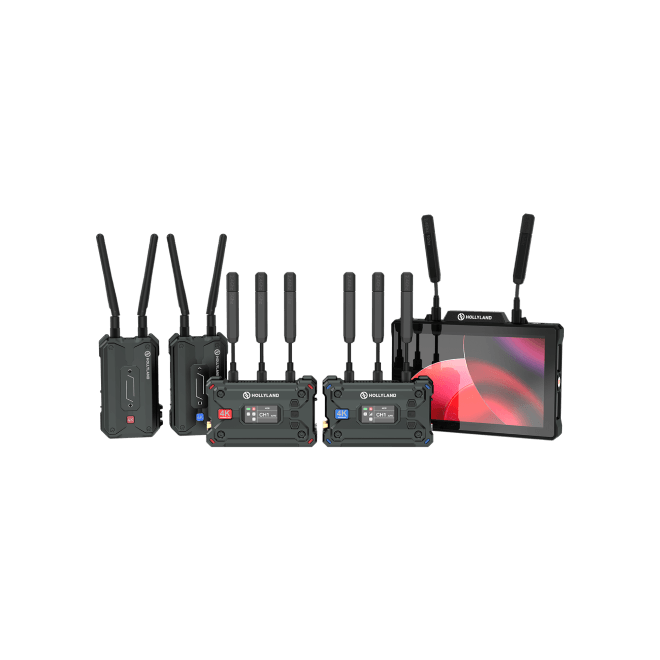
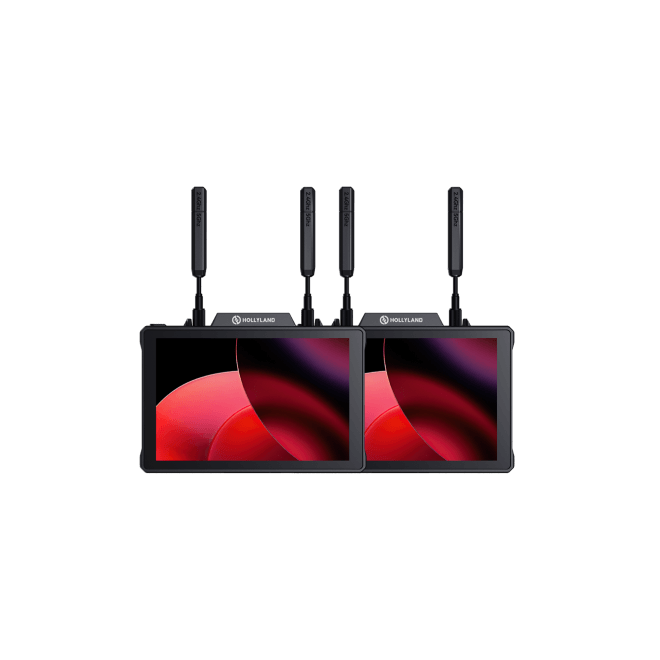
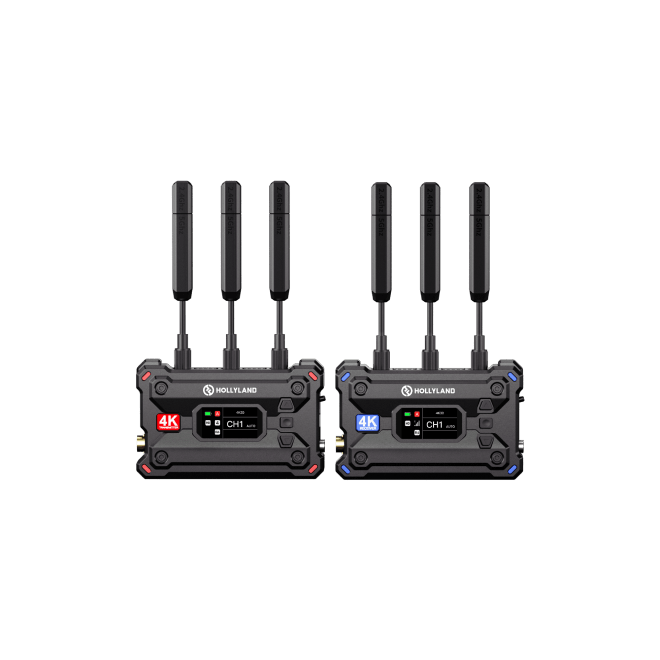
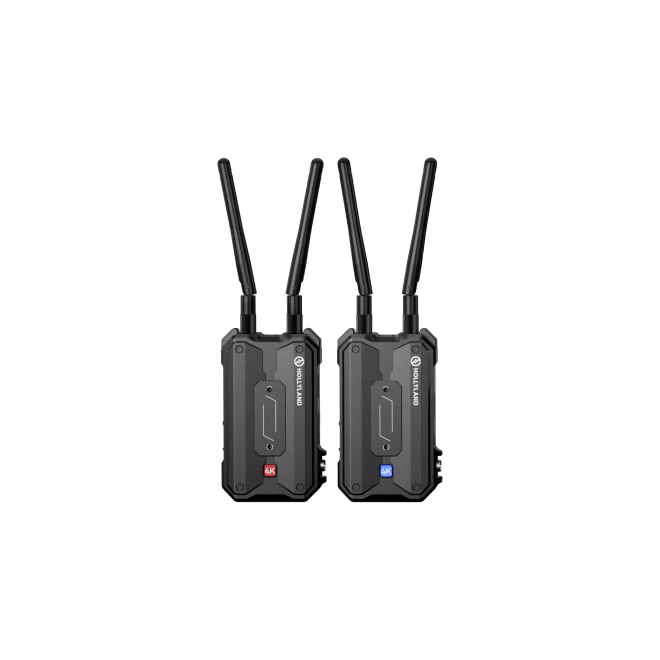
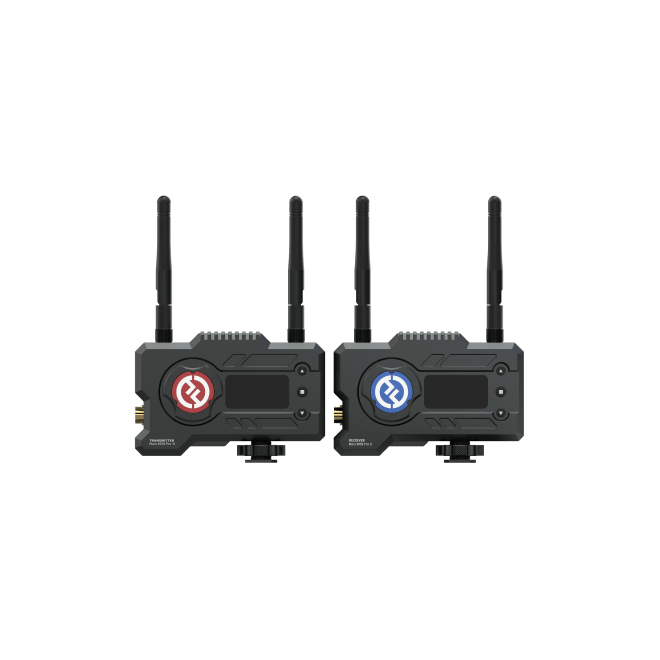
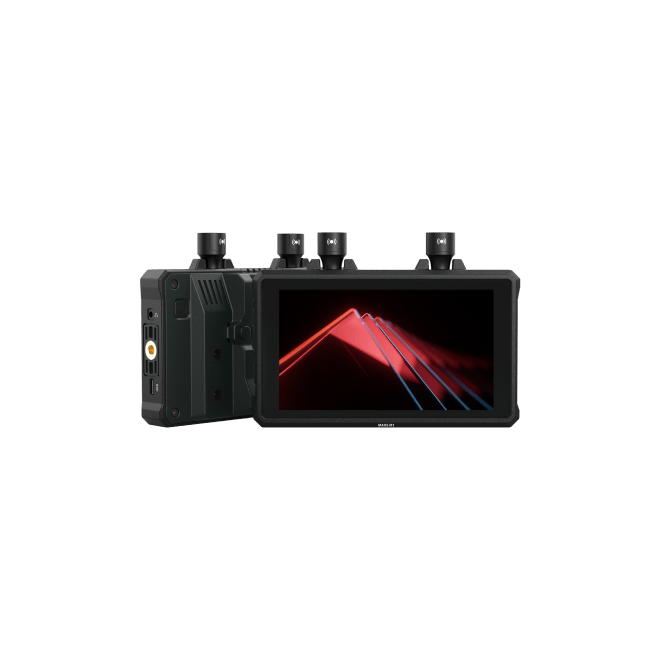
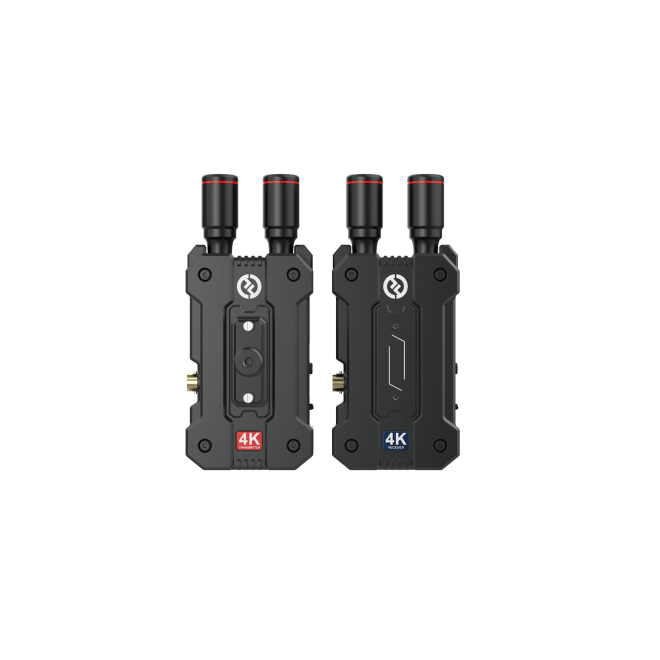
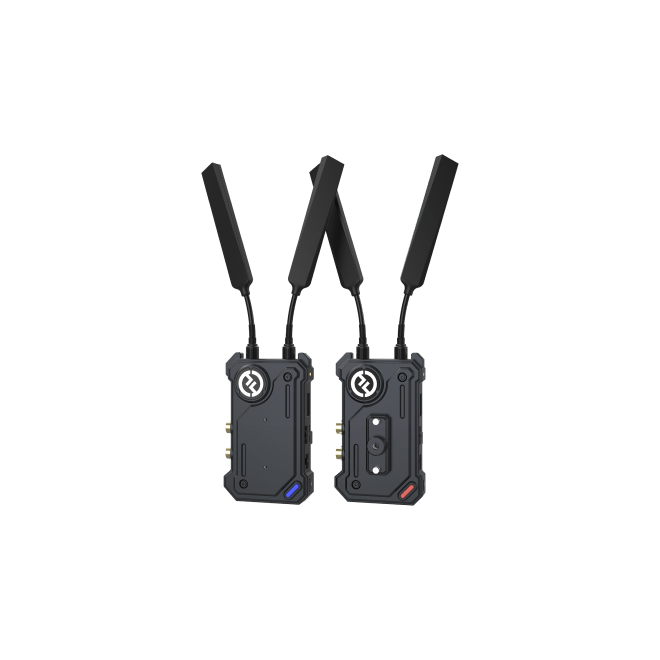
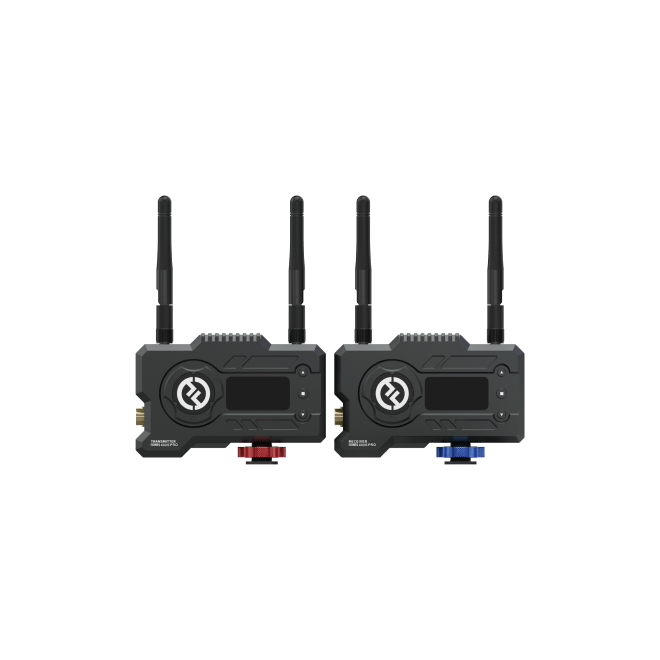
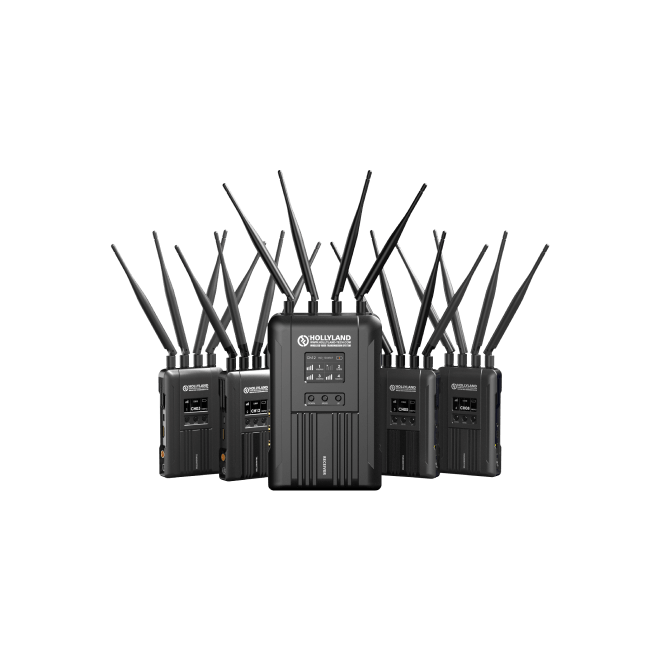


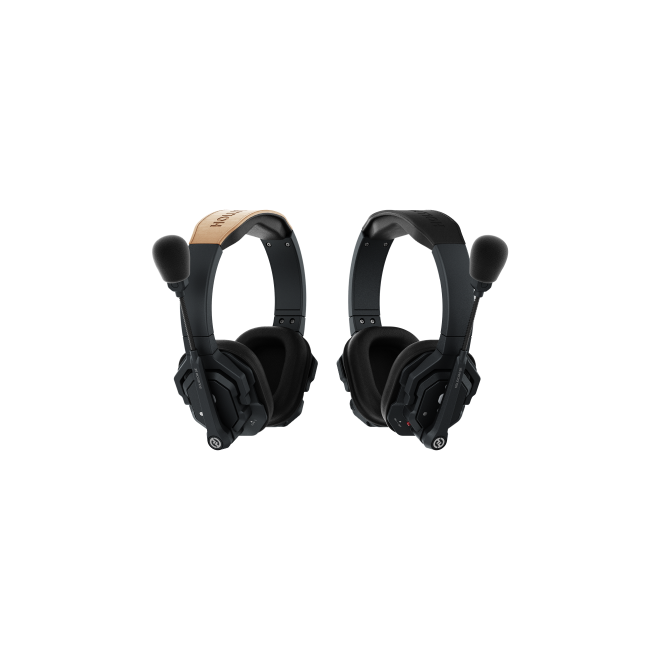
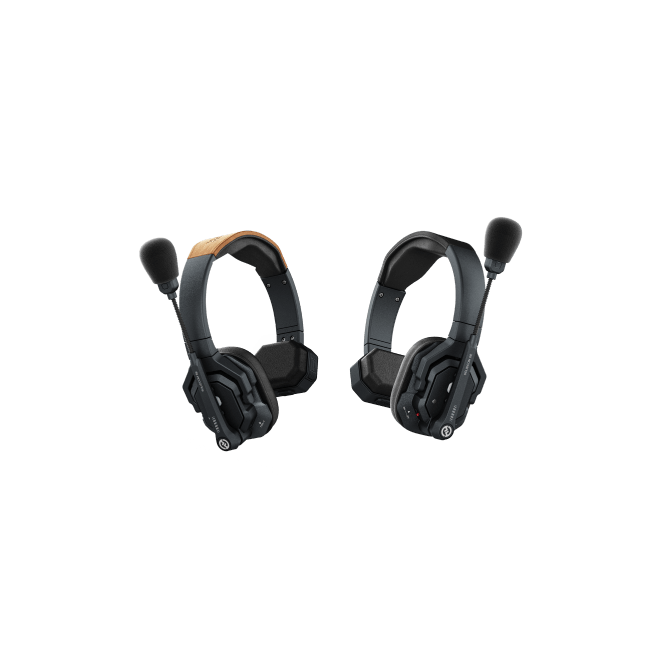
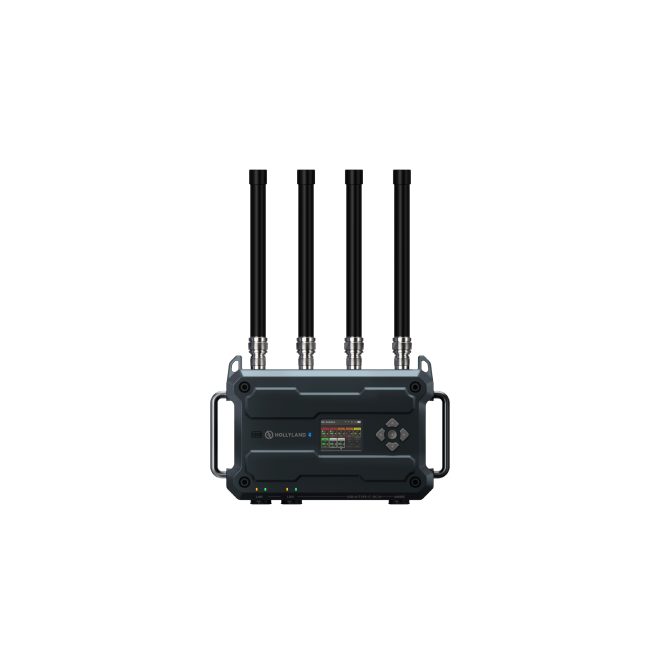
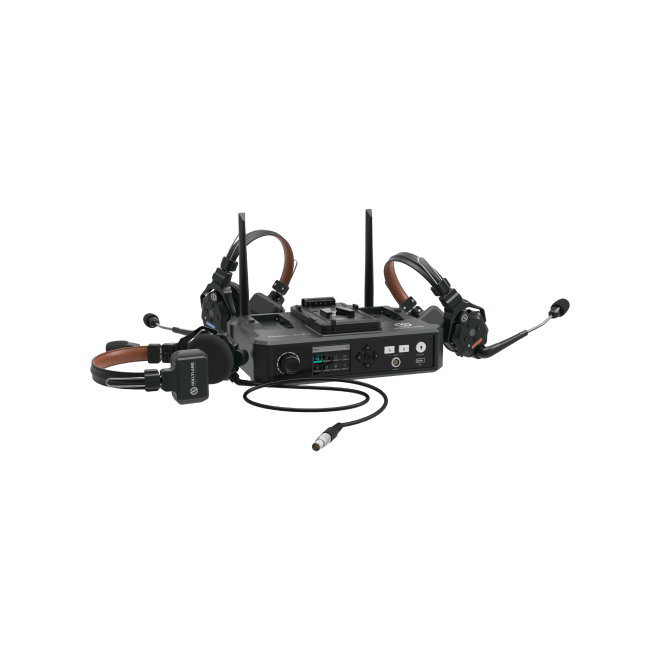
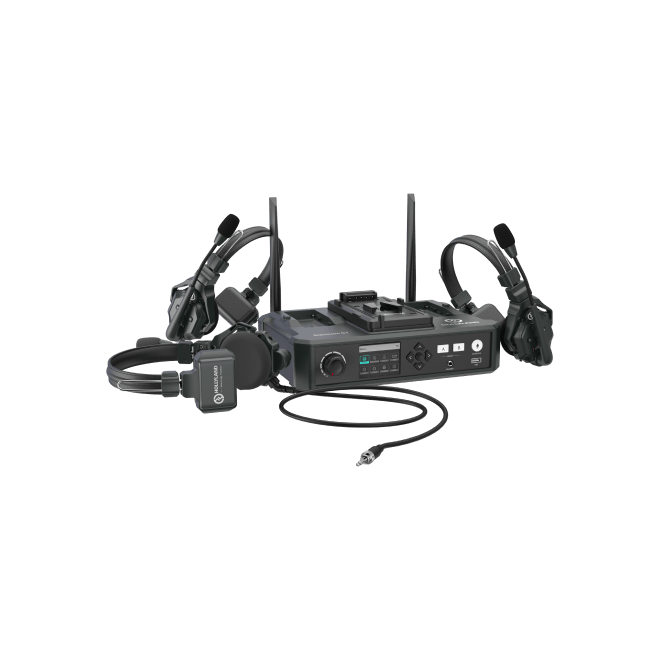
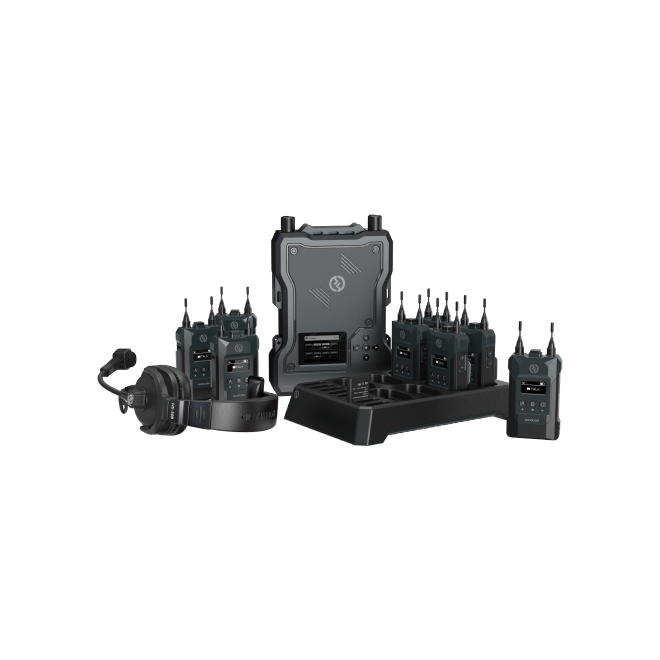
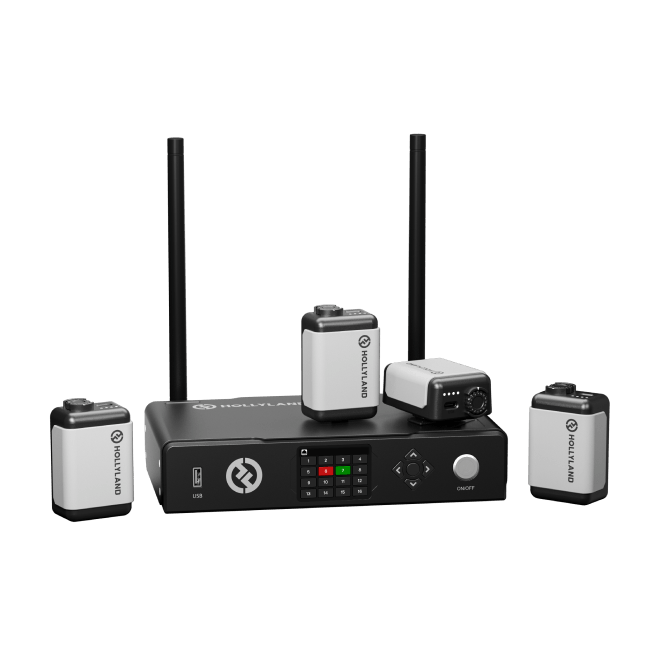
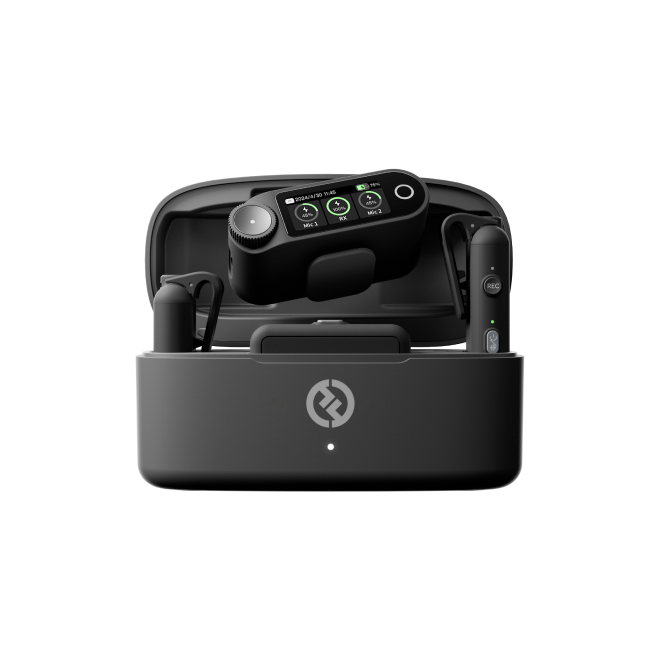


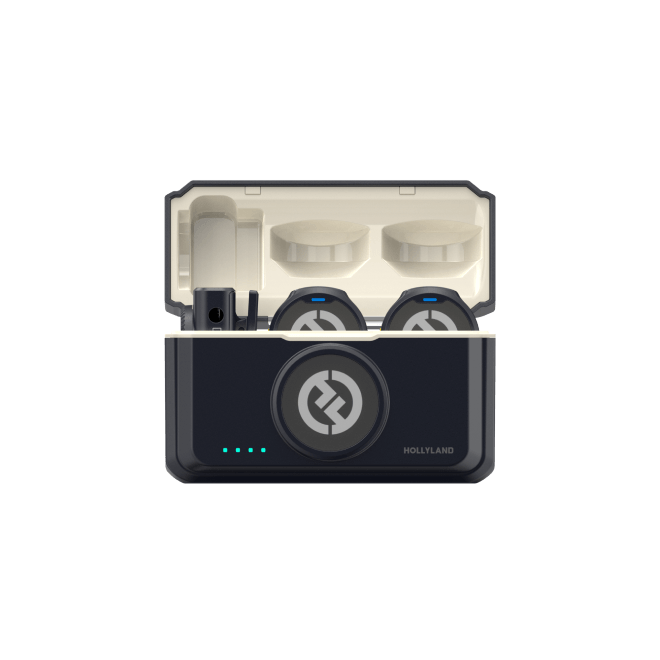
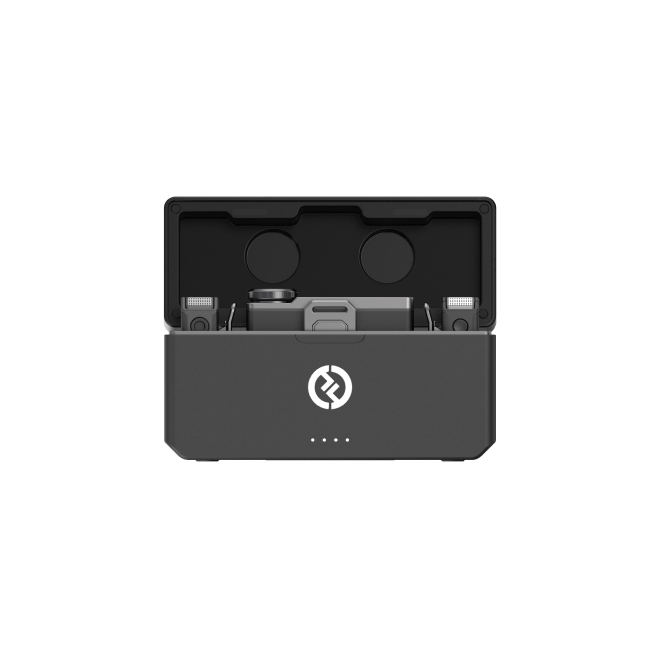
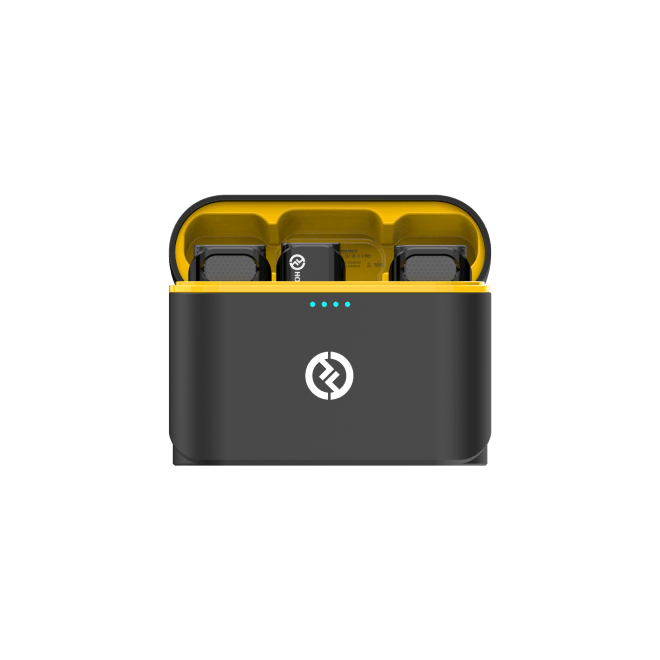
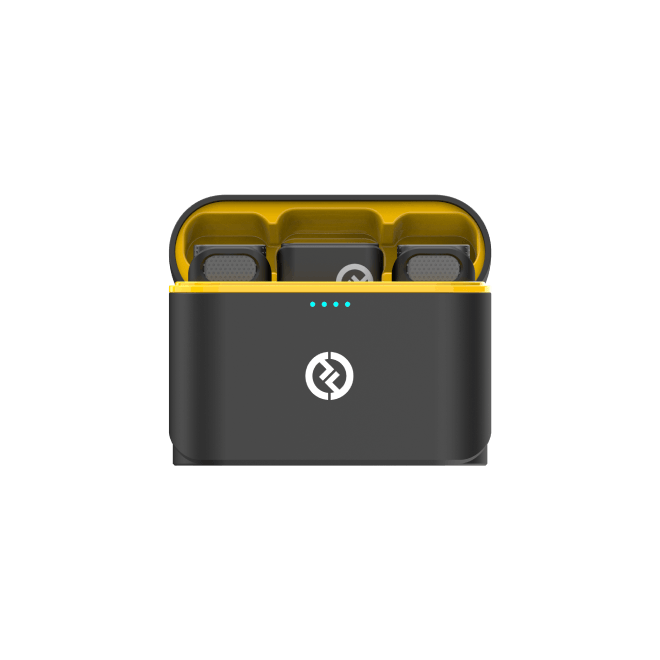
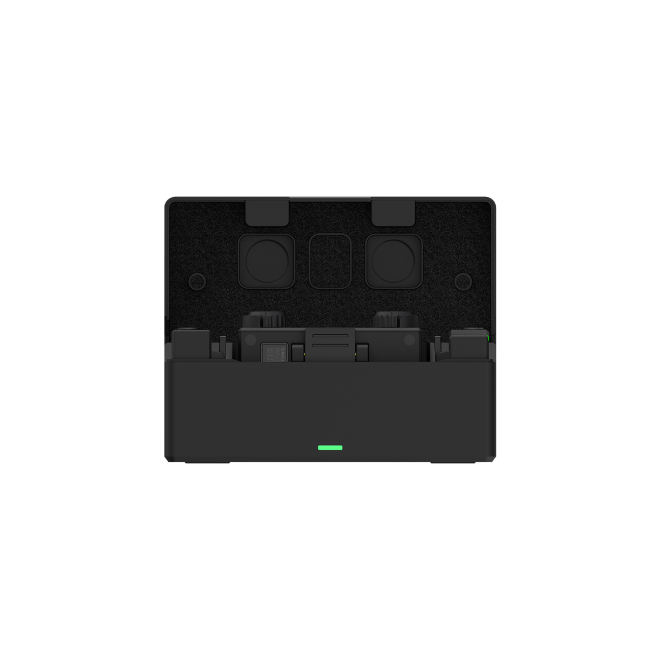
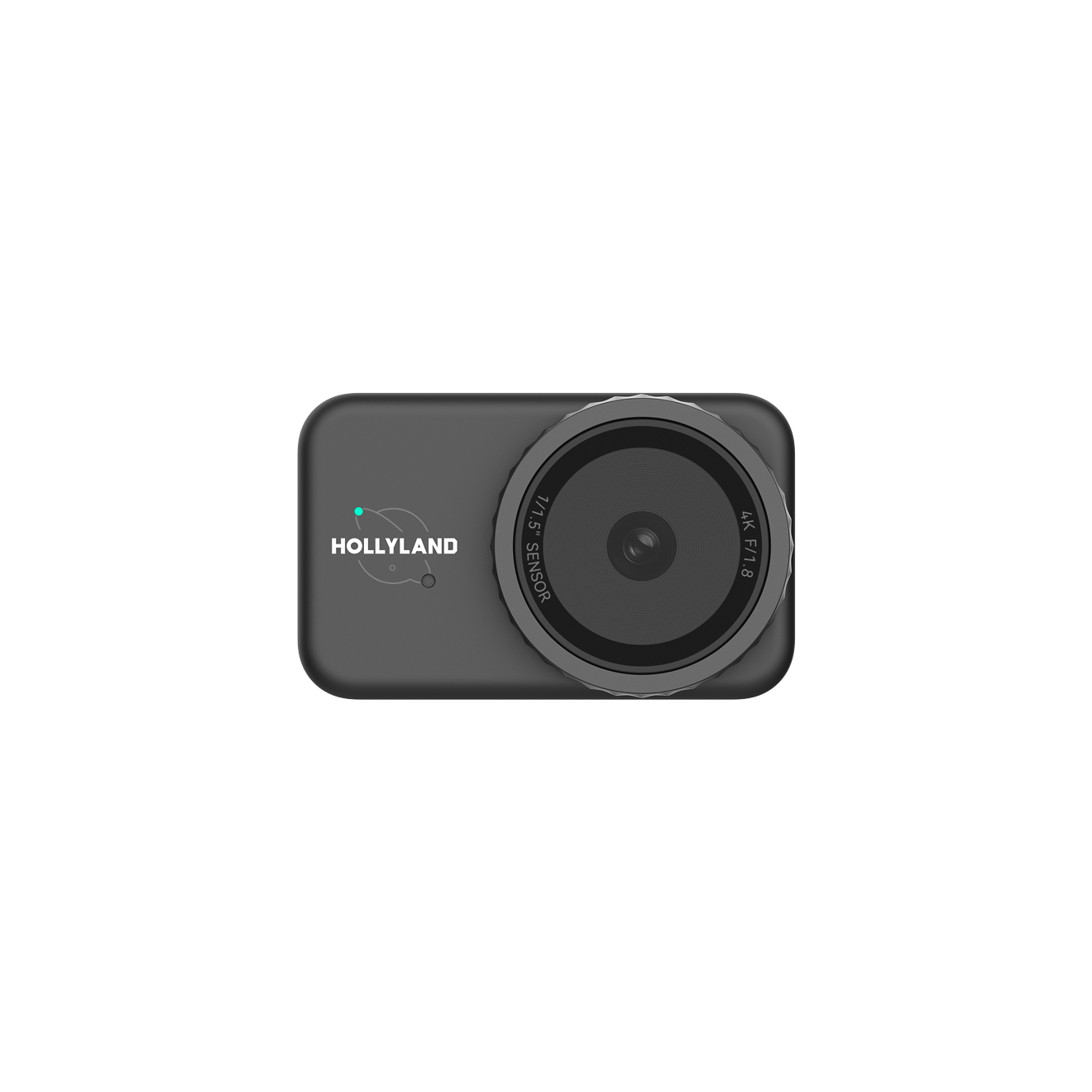

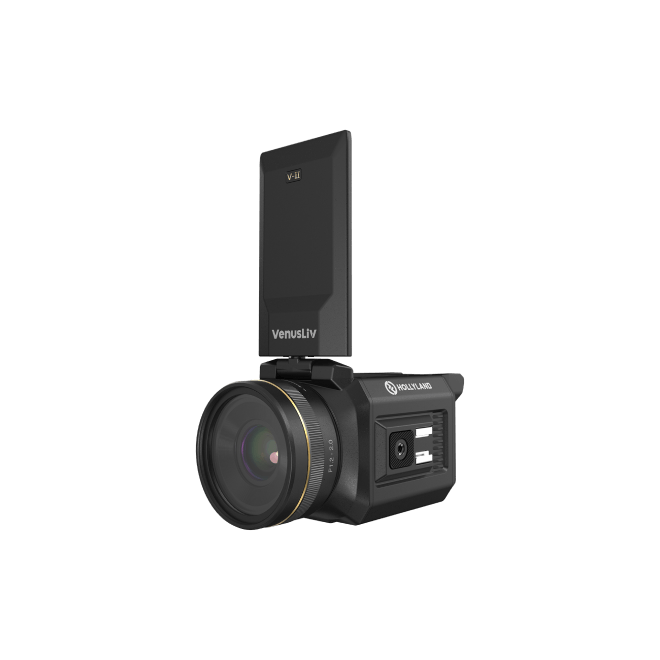
.png)




